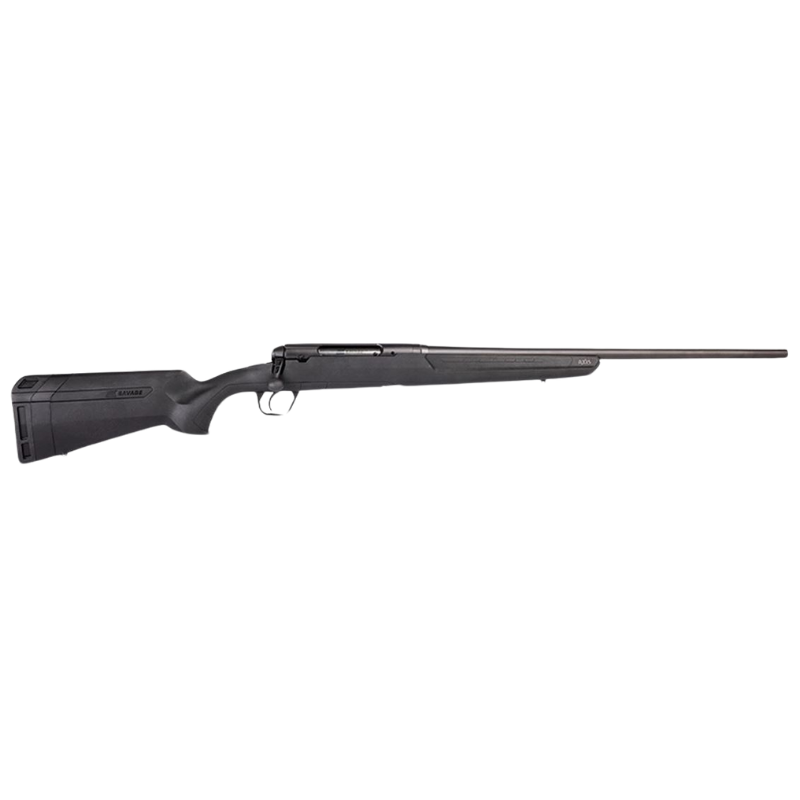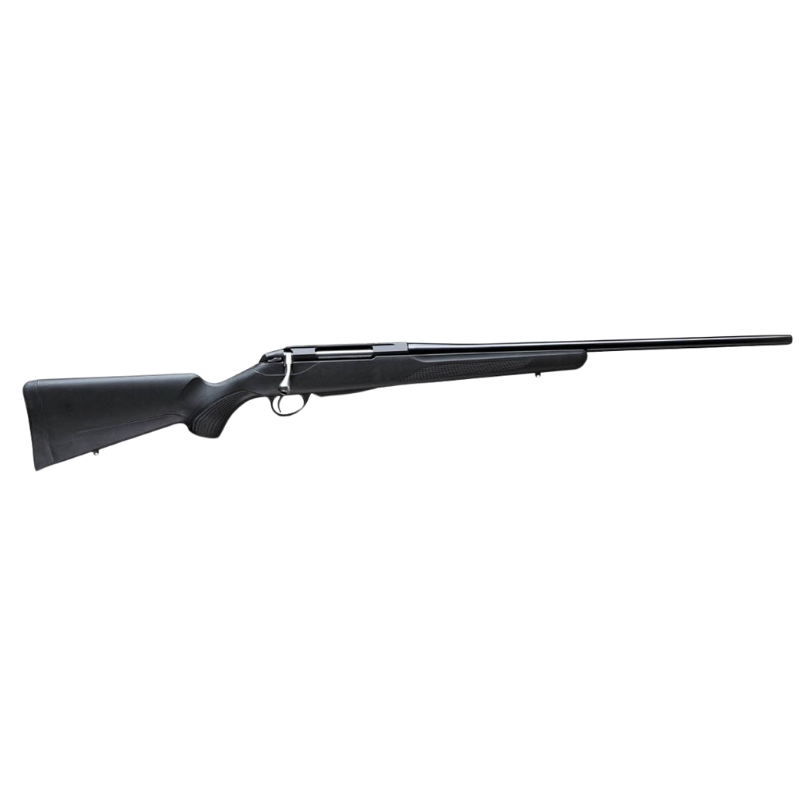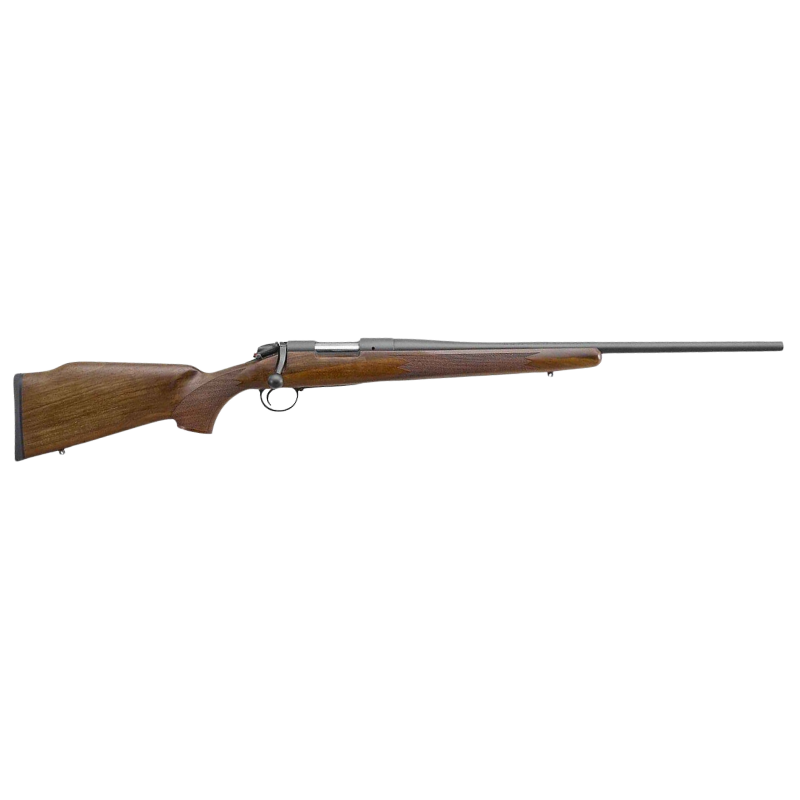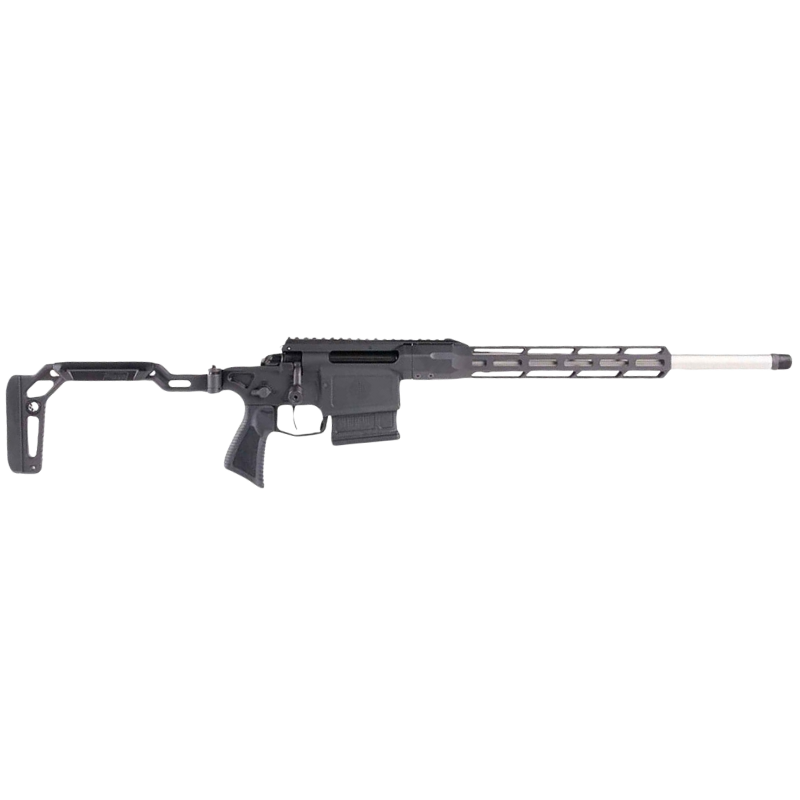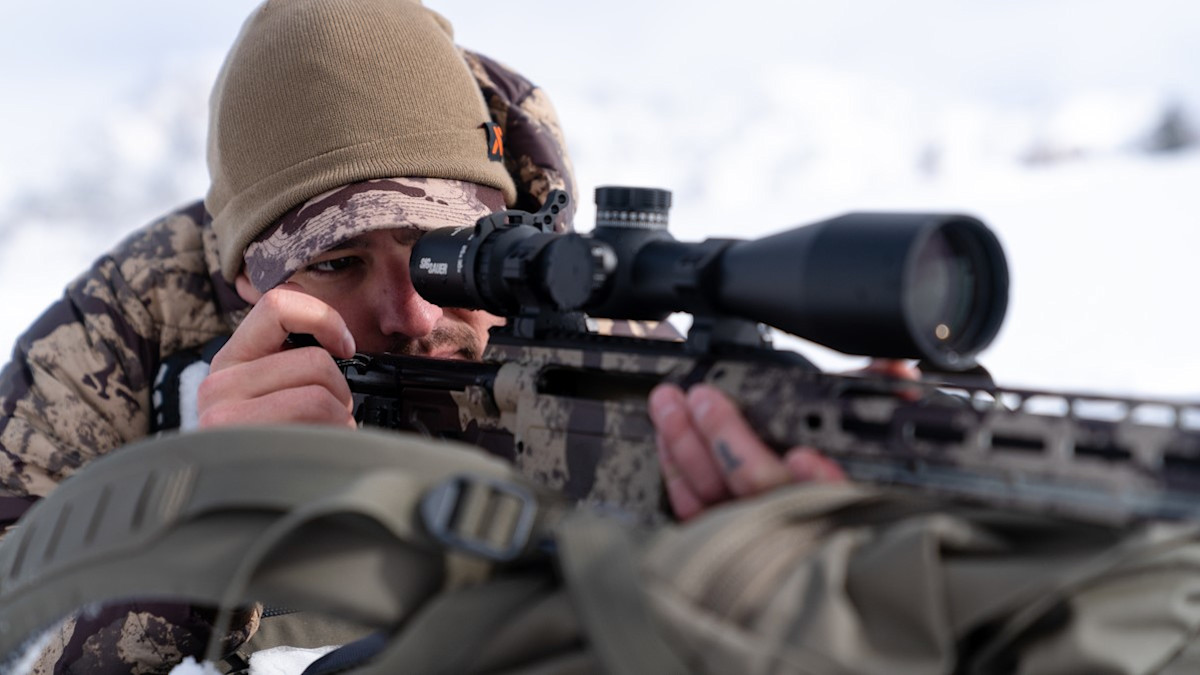
What makes a good deer hunting rifle? On one hand, the answer to this question is simple: the best deer hunting rifle is the rifle you already own.
On the other hand, if you're a new hunter or aren't happy with your current setup, the volume of options can be overwhelming. If almost any rifle can be used to hunt deer, how are you supposed to narrow things down and pick just one?
If you've been struggling with that "other hand," you've come to the right place. We've selected the best deer hunting rifle at every price point (along with a few honorable mentions), and we also developed a set of criteria so you can choose your own.
Jump to: Our Recommended Deer Hunting Rifles
What We Look for in a Good Deer Hunting Rifle
If none of the rifles on our list strike your fancy, that's OK. There are more good deer rifles out there than we can fit in one article. To make your own choice, consider the three "C's":
- Comfort
- Cartridge
- Cost
The rifle should be comfortable to shoot, chambered in a deer-appropriate caliber, and it shouldn't cost you an arm and a leg. Most whitetails are shot within 200 yards. I'd be willing to wager the same is true of muleys, but I wouldn't wager quite as much. Point is, this rifle doesn't need to win the next PRS national championship. Mark Kenyon once told me that, growing up, he was satisfied with any rifle that could put several shots in a row on a paper plate at 100 yards-and that dude has killed more whitetails than some hunters have ever seen.
Jump to: What Makes a Good Deer Rifle
The Deer Hunting Rifles We Recommend
 Used Savage Axis
|
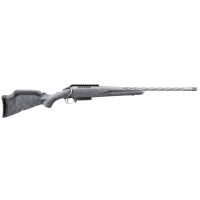 Ruger American Gen II
|
 Tikka T3x Lite
|
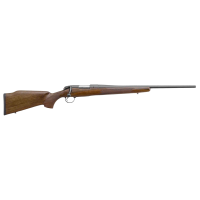 Bergara B-14 Timber
|
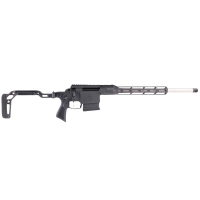 SIG SAUER CROSS TRAX
|
 Christensen Arms Ridgeline
|
|
|---|---|---|---|---|---|---|
| Price Range | $0-300 | $300-$600 | $600-$900 | $900-$1200 | $1,200-$1,500 | $1500+ |
| Adjustable Stock | No | Yes | No | No | Folding | No |
| Adjustable Trigger | No | Yes | Yes | No | Yes | Yes |
| Weight | 6.3 lbs | 6.5 lbs | 6.4 lbs | 7.2 lbs. | 6.1 lbs. | 6.3 lbs. |
| Barrel Length | 22 inches | 20 inches | 22 inches | 20 inches | 16 inches | 24 inches |
| Price | ~$300* | $580* | $770* | $980* | $1,400* | $2,000* |
| Field Notes | Field Notes | Field Notes | Field Notes | Field Notes | Field Notes |
What Makes a Good Deer Hunting Rifle
Alliterative lists aren't just for Sunday sermons. Keep these three "C's" in mind when you're looking for your first (or next) deer gun.
Comfort
Cartridge
Cost
This is a catch-all category to emphasize that the rifle should be comfortable to carry and shoot. A rifle with an adjustable stock, for example, ensures the rifle conforms to your body and helps you quickly achieve a clear sight picture.
A good trigger is also a must. Most hunters miss because they pull the rifle ever so slightly the moment they squeeze off a round. A relatively light trigger with a crisp break can keep this from happening.
You should also consider barrel length, especially if you'll be hunting from an elevated position. I like a shorter barrel on my deer guns (a max of 22 inches) because I also hunt with a suppressor. There's nothing worse than trying to finagle a broomstick of a rifle into a good shooting position when a buck is walking by.
Finally, consider the rifle's weight. A too-heavy rifle can be extremely difficult to shoot from a standing position or rested against a tree. But a too-light rifle can produce too much felt recoil, especially in a large caliber. That's why I look for something between 6 and 8 pounds.
When you select your rifle, be sure it's chambered in something deer-appropriate. Almost any cartridge can take down a deer, but some are too small to do so reliably, and some offer more power than you need. Mid-power cartridges are easier to shoot, cheaper to purchase, and perfectly capable of taking down the largest buck in the forest.
This list isn't exhaustive, but it's a great place to start: .243 Win., .30-30 Win., 308 Win., 6.5 Creedmoor, .270 Win., 7mm-08 Remington, and .30-06 Springfield.
You can spend as much or (almost) as little as you want on a deer gun. As you climb the MSRP ladder, the rifles will be more accurate, more durable, more comfortable to shoot, and offer more features. But that doesn't mean a bargain-bin $350 rifle can't get the job done. It can, as long as you acclimate yourself to it and understand its limitations.
Deer Rifles We Recommend
Price Range: $0-300
I searched high and low for a new deer gun consistently in this price range, and I came up empty. Fortunately, the used gun market in the U.S. is robust, and it's chock full of good deals if you know what you're looking for (click here for a primer on buying a used gun). One of the rifles you'll find most frequently is the Savage Axis. Thousands (maybe millions) of hopeful dads picked up one of these rifles for a kid at Christmas, and either those kids graduated to a higher-end gun or decided that a life afield wasn't for them. In either case, their loss is your gain.
Don't expect dead-nuts accuracy from one of these guns, but if you find a used one in good shape, it'll be more than accurate enough for most deer hunting scenarios. The trigger on these original Axis rifles isn't great (Savage upgraded the Axis II to their adjustable AccuTrigger), but it's workable, and the steel barrel and receiver are rugged and dependable.
Another potential option in this price range is the Stevens 334. This gun is usually sold in the $350 range, but I've seen several options on GunBroker for less than $300.
Cartridges Available: .22-250 Rem., .223 Rem., .243 Win., .25-06 Rem., .270 Win., .30-06 Springfield, .308 Win., 350 Legend, 400 Legend, 6.5 Creedmoor, 7mm-08 Rem.
Specifications
- Adjustable Stock: No
- Adjustable Trigger: No
- Weight: 6.3 lbs.
- Barrel Length: 22 inches
- Price: ~$300
Price Range: $300-$600
Since their introduction in 2010, Ruger American rifles have been among the most successful low-to-mid-range bolt guns ever produced. There's a reason. Though not much to look at, these rifles are lightweight, dependable, and accurate-for-the-money. Despite my best efforts at the reloading bench, I never cracked the consistently sub-MOA mark with my .308 American, but the rifle would shoot 1-1.2-inch groups all day. Considering the fact that I only paid $300 for it, that's pretty damn good.
Ruger treated fans of the rifle to several significant upgrades last year with their introduction of the American Generation II. The new model features adjustable comb height and length of pull, more aesthetically pleasing stock options, threaded and Cerakoted barrels, a three-position safety, and an easily customizable mag well system. Plus, as with the original American, the Gen II rifle is capable of posting 0.75-1-inch groups with ammunition it likes.
Speaking of ammo, the American Gen II can be found in a huge range of cartridge options, including the 350 Legend for straight-wall areas along with common bottleneck cartridges like .308 Win., .270 Win., 6.5 Creedmoor, and .243 Win.
Cartridges Available: 350 Legend, 400 Legend, 6mm ARC, 6.5 Grendel, 6mm Creedmoor, 6.5 Creedmoor, .308 Win., 7mm-08 Rem., 204 Ruger, .223 Rem., .243 Win., 450 Bushmaster, .30-06 Springfield, .270 Win., .300 Win. Mag., 6.5 PRC, 7mm PRC, 22 ARC
Specifications
- Adjustable Stock: Yes
- Adjustable Trigger: Yes
- Weight: 6.5 lbs.
- Barrel Length: 20 inches
- Price: $580
Honorable Mentions: Mossberg Patriot; Savage Arms Axis II; Weatherby Vanguard Obsidian; Winchester XPR
Price Range: $600-$900
Several members of the MeatEater crew are big fans of this rifle. Tikka offers the T3x Lite in a huge number of calibers, barrels, and stock configurations. Some of them are more expensive than $900, but if you stick with the basic black synthetic stock, you can still get a stainless steel barrel and receiver for $880 at Scheels.
These rifles are no-frills, but they shoot the lights out. The single-stage trigger is excellent (3 lbs. on the one I tested), the bolt handle is slightly oversized for easy manipulation in the field, and the two-position safety locks the bolt on "safe."
More broadly, these rifles are well built for the money. They're not fancy, but they're easily sub-MOA with good ammo, and they're dependable and rugged in the field. If I'm choosing between a “feature-rich” rifle that might not perform during crunch time or a no-nonsense rifle that will put a round where it needs to go, I'm going with the latter every time. That's what you'll get with a T3x, which is why it earns the nod at this price point.
Cartridges Available: .223 Rem., 22-250 Rem., .243 Win., 6.5 PRC, 6.5x55 SE, 6.5 Creedmoor, .270 Win., .270 Win. Short Mag., 7mm-08 Rem., 7mm Rem. Mag., .308 Win., .30-06 Springfield, .300 Win. Short Mag., .300 Win. Mag.
Specifications
- Adjustable Stock: No
- Adjustable Trigger: Yes
- Weight: 6.4 lbs.
- Barrel Length: 22 inches
- Price: $880
Honorable Mentions: Howa 1500; Weatherby Vanguard; Savage Arms 110; Winchester XPR; Bergara B-14 Hunter
Price Range: $900-$1200
You can't create a list of the best deer rifles without including at least one quintessential “deer rifle.” The wood furniture on this Bergara B-14 hearkens back to the days before polymer and carbon fiber, but it incorporates more modern features to ensure excellent performance.
The barrel is constructed with 4140 chrome-moly steel and features a No. 4 taper, which also helps give it that classic deer rifle look. The monte-carlo style stock offers some cheek rise to help get in the eye box more quickly, and the three-pound trigger is excellent. The B-14 action also features a two-lug bolt with a sliding plate extractor and a coned bolt nose and breech. This helps smooth out feeding and extraction for quick followup shots. Best of all, these rifles have an excellent reputation for accuracy (along with a sub-MOA guarantee from the company, for what that's worth), so you can have confidence that the rifle will put rounds where it needs to.
Some might say the Winchester Model 70 is the quintessential deer rifle, and they'd be right. But while one iteration of the Model 70 slides in at this price point, most are more spendy than $1,200. The Bergara, on the other hand, is available for less than $1,000, which means you're getting more gun for the money along with the classic styling.
Cartridges Available: .308 Win., 6.5 Creedmoor, .243 Win., .30-06 Springfield, .270 Win., .300 Win. Mag.
Specifications
- Adjustable Stock: No
- Adjustable Trigger: No
- Weight: 7.2 lbs.
- Barrel Length: 20 inches
- Price: $980
Honorable Mentions: Weatherby Model 307(Full Review Here); Winchester Model 70 Featherweight; Marlin Model 336(Full Review Here); Browning X-Bolt Hunter
Price Range: $1,200-$1500
At the other end of the classic deer gun spectrum lives the CROSS TRAX from SIG SAUER. It dispenses with the familiar look and feel of your grandfather's deer rifle, but the result isn't any less deadly.
The CROSS TRAX is the lightest rifle on our list, which makes it maneuverable in the big woods and easy to pack on the western plains. The minimalist folding stock helps with this, as does the 16-inch barrel on the .308 Win. model. The two-stage adjustable match trigger is excellent (as it is on all CROSS rifles), which helps land shots in awkward shooting positions. The controls will be familiar to anyone used to AR-pattern rifles, and the M-LOK handguard can accept a wide array of bipods and slings.
Lightweight and supremely packable, this rifle is really tailor-made for the kind of run-and-gun deer hunting so popular these days. Plus, as several of the MeatEater crew have found, the Sig CROSS line is exceptionally accurate.
The only downside is the current lack of chamberings. While the .308 Win. is one of the best deer hunting cartridges in existence, many hunters prefer other calibers. Hopefully, Sig will come out with more options down the road.
Cartridges Available: .308 Win.
Specifications
- Adjustable Stock: Folding
- Adjustable Trigger: Yes
- Weight: 6.1 lbs.
- Barrel Length: 16 inches
- Price: $1,400
Honorable Mentions: Benelli Lupo; Savage Impulse; Springfield Armory Saint Victor; Browning BAR Mark III; Bergara Ridge Carbon Wilderness
Price Range: $1500+
You don't have to spend more than $1,500 to get a good deer rifle, but if you're going to put down that kind of cheddar, you might as well get your money's worth. Since 1995, Christensen Arms has been making top-of-the-line rifles fitted with carbon fiber barrels. The Ridgeline model comes in a huge variety of barrel lengths, cartridges, and stock configurations, and it's safe to say that there's at least one that fits your hunting style and environment.
Some are what I'd call "mountain rifles"—that is, the barrels are longer (for increased velocity and maximum effective range), and the overall weight is lighter (for carrying up and down mountains) than most deer hunters need. But the Ridgeline adheres to a more traditional deer rifle model, and it's among the less expensive of Christensen's offerings.
Starting at 6.3 pounds, the Ridgeline is in that optimal weight category, but the carbon fiber-wrapped barrel offers some weight savings while maintaining a beefy barrel profile. The barrels only come in the 24-inch variety, which I don't love from a suppressor-use perspective.
However, the carbon wrapping allows the barrel to be that long without adding too much to the overall weight. This ensures you're getting the maximum performance out of each cartridge in the event you have to make a longer-than-average shot.
Combine that barrel with quality craftsmanship, an excellent TriggerTech trigger, and pinpoint accuracy, and you have more deer rifle than you need, but definitely not more than you're going to want.
Cartridges Available: 6.5 Creedmoor, 6.5 PRC, .308 Win., 300 Win. Mag.
Specifications
- Adjustable Stock: No
- Adjustable Trigger: Yes
- Weight: 6.3 lbs.
- Barrel Length: 24 inches
- Price: $2,000
Honorable Mentions: Weatherby Mark V; Seekins Precision Havak Element; Springfield Model 2020 Waypoint; SIG SAUER CROSS
Last Shot
If you ask me (and since you're reading this article, you don't have much choice), the sweet spot for deer hunting rifles is the $600-$900 price range. Most hunters can afford to lay down that kind of money, but the rifles will still be accurate, smooth, safe, and, most importantly, effective in the deer woods.
And no matter how much you spend, remember that the rifle is only one small part of what it takes to be a good deer hunter. For all that other stuff, be sure to check out the Wired to Hunt Podcast, The Element Podcast, and all the other deer hunting tips and advice we publish weekly.

